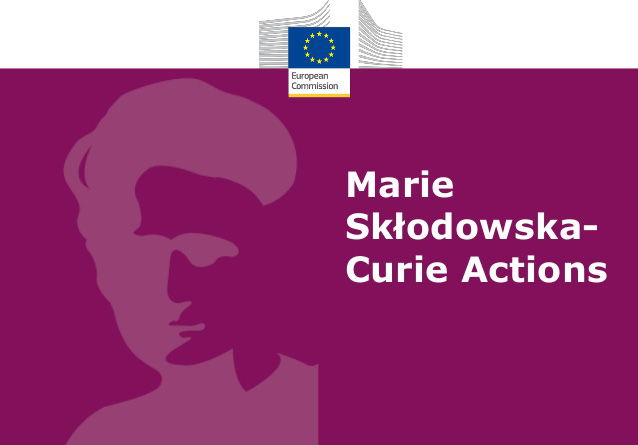Funding: European Union, Marie Skłodowska-Curie Individual Fellowships, Horizon 2020 Programme (Grant Agreement 705365)
Region: Europe
Project period: 2017 – 2019
Principal Investigator: Supervisor: Dr. De-Yi Wang (deyi.wang@imdea.org); Fellow: Dr. Xiao-Lin Qi
The main objective of this project is to develop a new generation of polymer-based multi-functional nanocomposites by combining functionalized Metal-Organic Framework (MOF) and graphene hybrids into polymeric matrices via an innovative approach. In this work, MOFs are employed to develop multifunctional flame retardant polymer nanocomposites for the first time. The environmentally friendly framework MIL-101-Fe is chosen as the host framework.
By introducing functional groups into the framework, MOF particles can be combined with both graphene and polymeric matrices via chemical interaction to construct polymer nanocomposites, which have multi-functions (improved antistatic property, mechanical reinforcement, enhanced thermal conductivity and excellent flame retardant properties). By loading non-flammable gas and/or effective flame retardant into the pore system, MOF can serve as a flame-retardant container at room temperature. By hybridization with MOF, the intrinsic function of graphene (such as its electronic and thermal conductivities) will be combined into the MOF/graphene hybrid.
Far different from present flame retardant additives, in the proposed approach, the functionalized MOF hybrid will hinder or slow down the combustion process in different formats through the whole combustion process, surpassing other current flame retardant systems: i) at the early fire stage (ignition), the non-flammable gases stored in MOF will be released to delay the ignition, ii) at the developing fire stage, the graphene layer and char formation will delay the time to develop combustion, and iii) at the developed fire stage, the catalytic effect of metal compounds generated by the decomposed MOF will decrease the heat release rate, fire growth intensity, smoke production, etc. The new knowledge and new materials developed in this project have a great potential to be applied in developing a new generation of products in the fields of the construction, transportation, aerospace, etc.
Funded by



